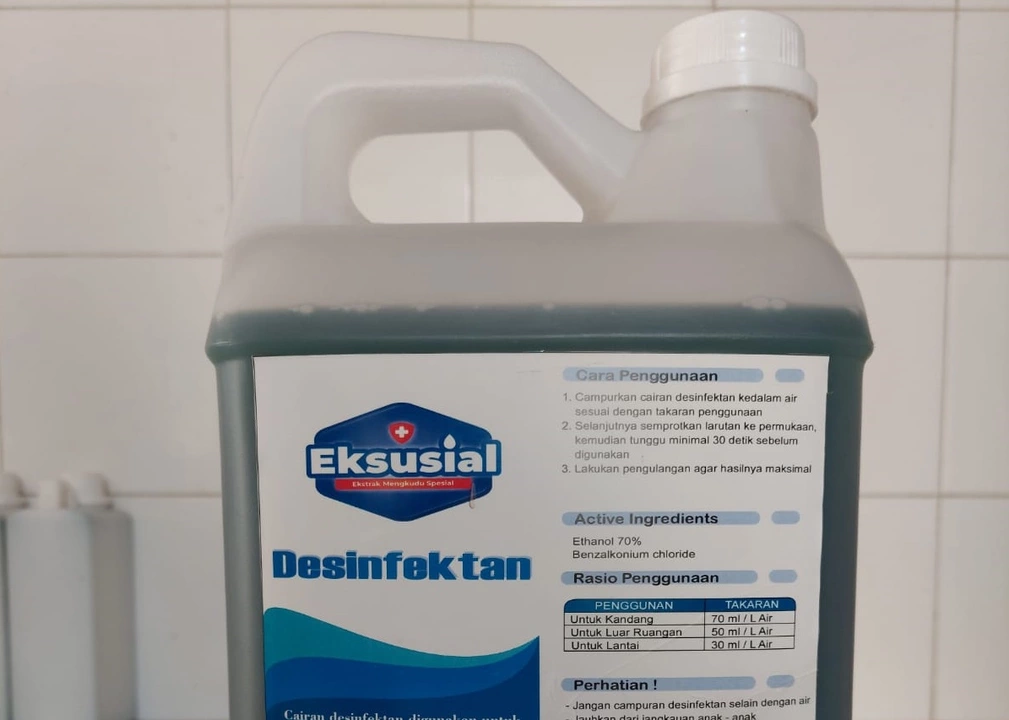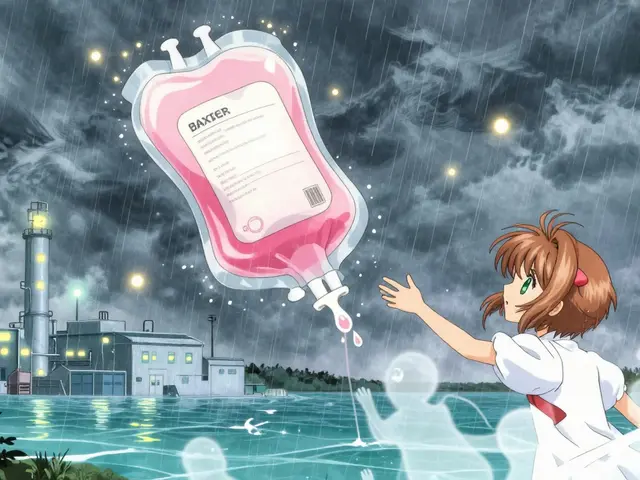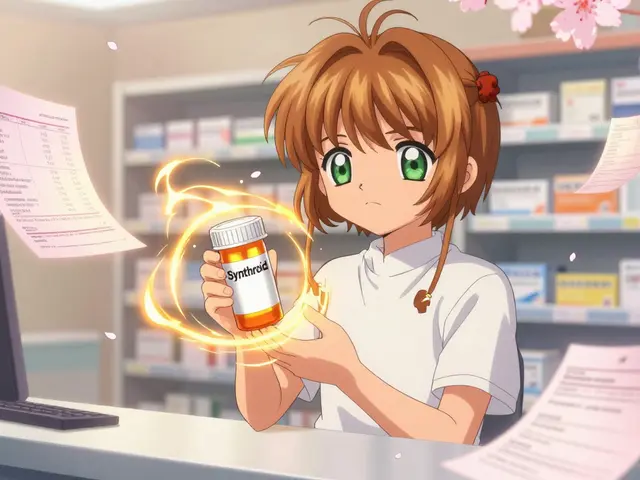Cleaning industry: practical tips to run safer, greener, and smarter cleaning services
Tired of wasted time, chemicals that irritate staff, or clients who complain about missed spots? The cleaning industry is simple in idea but messy in execution. Use clear procedures, safer products, and small tech upgrades to cut mistakes, lower costs, and keep people healthy.
Start with safety. Every team needs basic PPE for the job: gloves, eye protection, and masks when working with strong chemicals or dusty areas. Follow product labels and have Safety Data Sheets (SDS) available for every chemical. Train staff on proper dilution and mixing. Never mix bleach with ammonia — that creates toxic gas. Keep first-aid and spill kits on every vehicle or cart. These steps prevent accidents and reduce time lost to injuries.
Streamline operations with practical systems
Save time by using simple systems. Standard operating procedures (SOPs) and checklists stop the guesswork. Break jobs into consistent stages: prep, cleaning, rinse, inspect. Use color-coded cloths and mops to avoid cross-contamination — for example, red for restrooms, blue for general areas. Schedule deep-clean tasks weekly or monthly so they don’t pile up. Measure quality with short inspection forms and quick photos. A five-minute inspection after each job finds issues early and keeps clients happy.
Invest in the right gear. Microfiber cloths trap dirt and reduce chemical needs. Autoscrubbers and backpack vacuums cut labor time in large spaces. Concentrated cleaners plus dilution control systems save money and maintain consistent strength. These tools often pay for themselves within months through reduced labor and chemical costs.
Go green where it matters
Green cleaning isn’t just marketing — it cuts irritation for staff and occupants. Choose low-VOC, biodegradable cleaners for daily tasks. Replace aerosol sprays with trigger bottles or metered-dispense systems. Switch to reusable microfiber rather than disposable wipes to lower waste. When possible, pick certified products (Green Seal or equivalent) for public spaces like schools or healthcare facilities. You don’t have to use only premium green brands; start by replacing the harshest chemicals first and measure the improvement in complaints and sick days.
Compliance and documentation matter. Know local rules for chemical disposal and worker training. Keep training logs and SDS files updated. Simple digital records make audits painless and speed up insurance or client checks. If you work in healthcare or food services, follow the specific cleaning standards those sectors require — small deviations can cost contracts.
Finally, treat your team well. Clear pay, predictable schedules, and short on-the-job training keep staff longer and reduce recruiting time. Encourage feedback from frontline workers — they spot practical fixes faster than anyone. Use client feedback to refine checklists and reward teams for consistent quality.
Want more guides, product picks, or checklists? Browse articles tagged for the cleaning industry to find step-by-step tips, supplier comparisons, and real-world fixes you can use tomorrow.
How benzalkonium chloride/zinc oxide is used in the cleaning industry
As a blogger, I've come across some fascinating information about how benzalkonium chloride and zinc oxide are used in the cleaning industry. It turns out that benzalkonium chloride is an effective disinfectant and sanitizer, commonly found in household and commercial cleaning products. On the other hand, zinc oxide is often used as a gentle, natural cleaning agent in products like laundry detergents and surface cleaners. Both of these ingredients not only help to remove dirt and grime, but also play a crucial role in killing harmful bacteria and ensuring a safe, clean environment. It's amazing how these two versatile compounds contribute to the efficacy of the cleaning products we use every day!






